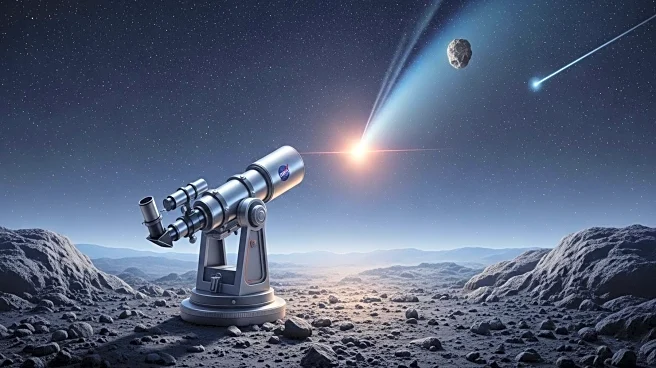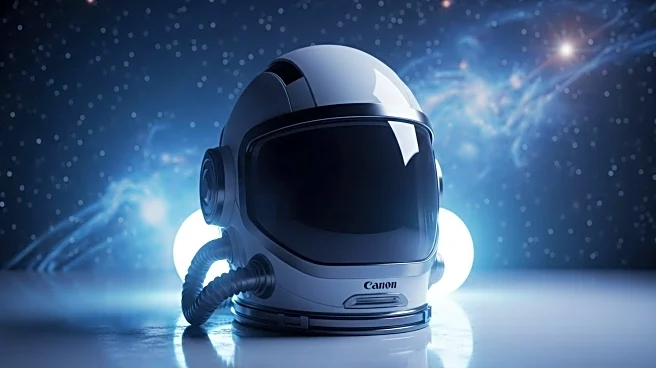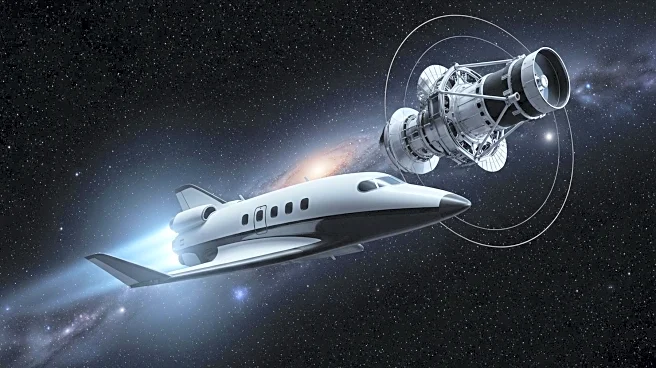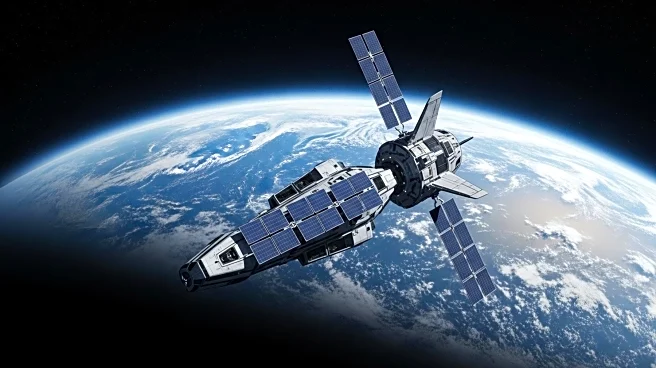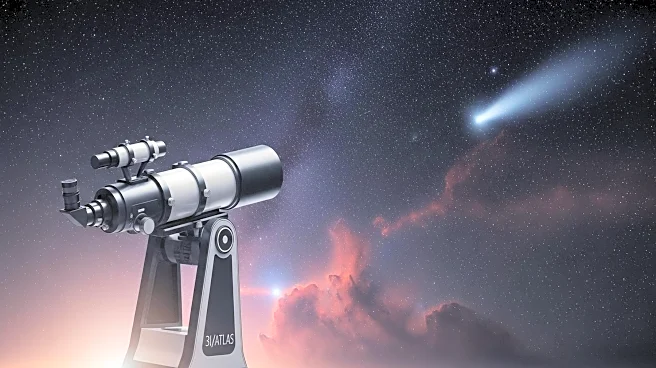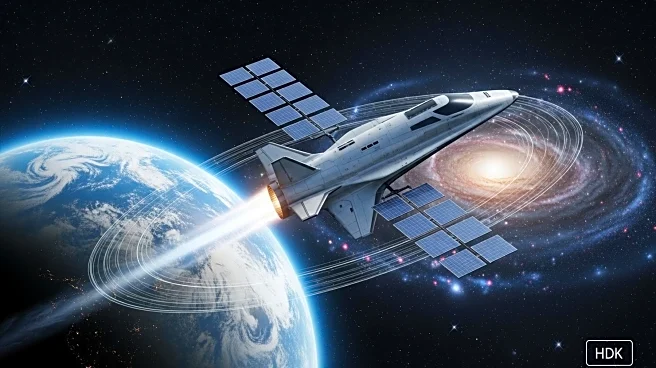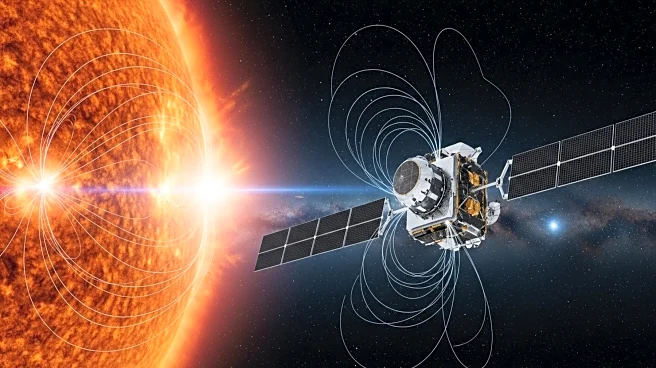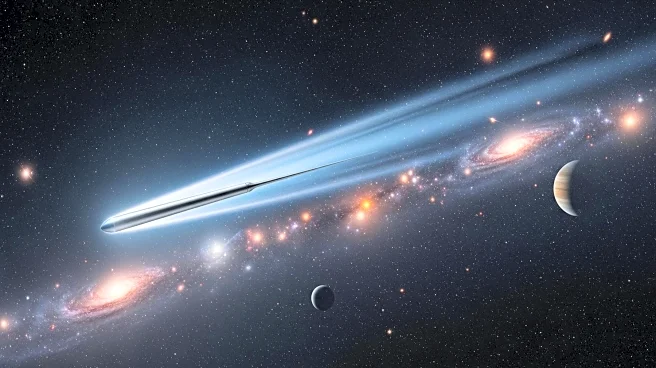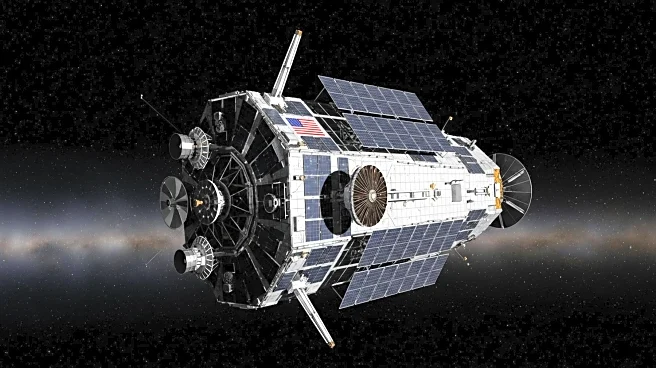What's Happening?
On September 26, 2005, NASA's Cassini spacecraft completed its first flyby of Saturn's moon Hyperion, capturing both true- and false-color images of its surface. Hyperion is known for its irregular shape, chaotic rotation, and spongelike appearance. During the flyby, Cassini detected a strong electrostatic charge on Hyperion's surface, marking the first such discovery on a space object other than Earth's Moon. This unexpected finding highlighted potential risks for future space missions to airless planetary bodies, as the charge could pose dangers to both robotic and human explorers.
Why It's Important?
The discovery of an electrostatic charge on Hyperion underscores the need for careful planning and consideration in future space exploration missions. Understanding the unique characteristics of celestial bodies like Hyperion can help scientists develop better strategies for exploring and potentially colonizing other planets and moons. The findings from Cassini's flyby contribute to our knowledge of Saturn's moons and the diverse environments within our solar system. This information is crucial for advancing space exploration technology and ensuring the safety of future missions.
Beyond the Headlines
The detection of an electrostatic charge on Hyperion raises questions about the potential for similar phenomena on other celestial bodies. This discovery could lead to further research into the causes and effects of electrostatic charges in space, as well as their implications for spacecraft design and operation. Additionally, the unique features of Hyperion may inspire new theories about the formation and evolution of moons and other small bodies in the solar system.

